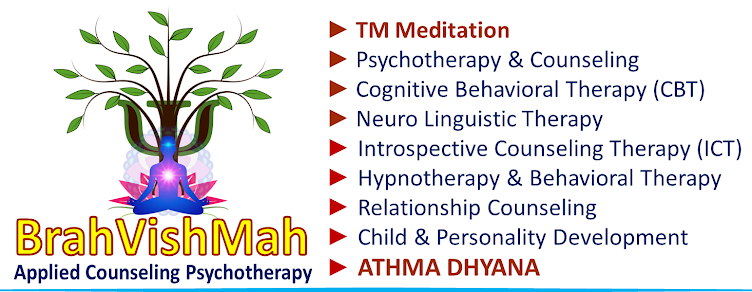Agoraphobia is one of the anxiety disorders. It involves intense extended fears and behaviors that involves avoiding places or situations that might cause panic and feelings of being trapped, helpless or embarrassed. The individuals may fear an actual or upcoming situation. For example, you may fear using public transportation, being in open or enclosed spaces, standing in line, or being in a crowd.
They may also experience these symptoms before they even enter the situation they dread. People with agoraphobia often have symptoms of a panic attack, such as a rapid heartbeat and nausea, when they find themselves in a stressful situation. In some cases, the condition can be so severe that people avoid doing daily activities, such as going to the bank or grocery store, and stay inside their homes most of the day. When the condition is more advanced, agoraphobia can be very disabling. People with agoraphobia often realize their fear is irrational, but they’re unable to do anything about it. This can interfere with their personal relationships and performance at work or school.
Physical symptoms
1) Fast, pounding heart
2) Sweating, trembling, shaking
3) Breathing problems
4) Feeling hot or cold
5) Nausea or diarrhea
6) Chest pain
7) Problems swallowing
8) Dizziness or feeling faint
Causes
It is often associated with an existing panic disorder. Panic disorder causes short, intense attacks of fear for no particular reason. About a third of people who have panic disorder develop agoraphobia. But agoraphobia also can occur alone.
Treatment
Agoraphobia treatment usually involves a combination of treatment methods:
I. Psychotherapy (talk therapy)
1) Psychotherapy, also known as talk therapy, involves meeting with a therapist or other mental health professional on a regular basis. This gives you the opportunity to talk about your fears and any issues that may be contributing to your fears.
2) Cognitive behavioral therapy (CBT) is the most common form of psychotherapy used to treat people with agoraphobia. CBT can help you understand the distorted feelings and views associated with agoraphobia.
II. Medication
1) Selective serotonin reuptake inhibitors, such as paroxetine (Paxil) or fluoxetine (Prozac)
2) Selective serotonin and norepinephrine reuptake inhibitors, such as venlafaxine (Effexor) or duloxetine (Cymbalta)
3) Tricyclic antidepressants, such as amitriptyline (Elavil) or nortriptyline (Pamelor)
4) Anti-anxiety medications, such as alprazolam (Xanax) or clonazepam (Klonopin)
III. Lifestyle changes
1) Exercising regularly to increase the production of brain chemicals that make you feel happier and more relaxed
2) Eating a healthy diet that consists of whole grains, vegetables, and lean protein so you feel better overall
3) Practicing daily meditation or deep breathing exercises to reduce anxiety and fight the onset of panic attacks





No comments:
Post a Comment